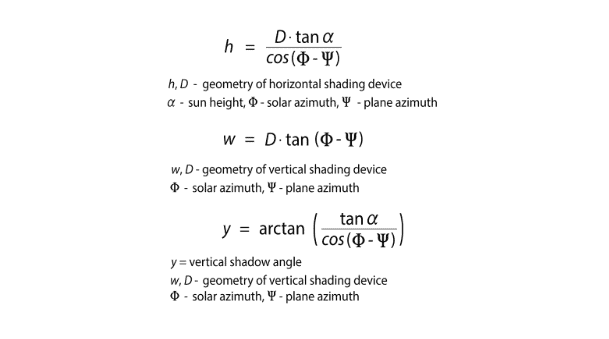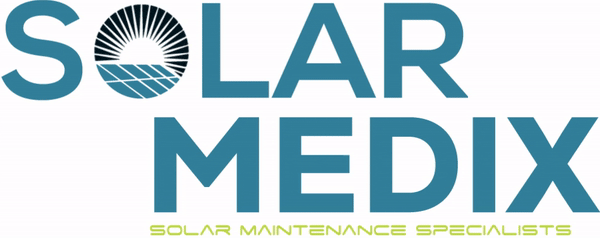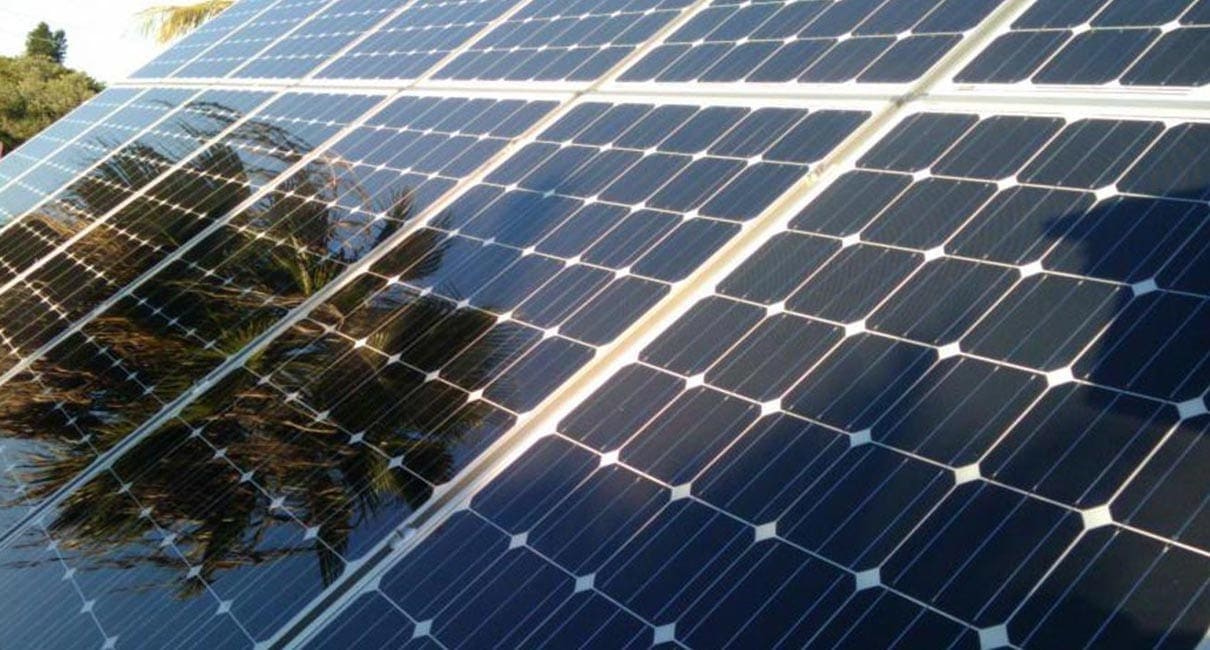When solar panels are not shaded, they function at their best. In fact, experts say that you may lose up to 40 to 80% of the potential of solar generation due to shade. By casting a shadow over a panel, shades reduce the amount of sunlight reaching the surface. The PV modules’ ability to produce power is significantly impacted by shade.
If you’re looking to ensure that your solar investment will be worthwhile, keep in mind that the rule of thumb for solar panels is to have a space free of shadows. In this blog, we explore the effects of solar panel shading and how you can tackle them most effectively.
What Is the Cause of Solar Shading?
Cause of solar shading can come in many forms. Some common ones include:
- Trees: Since most homes are surrounded by greenery, the performance of solar panels may be hampered by trees and overgrown plants.
- Other Solar Panels: Neighboring panels may also cast shadows on lower-positioned panels within the same framework, depending on how the panels are arranged. This issue often only arises with ground mount systems.
- Shaded Roof: Depending on the angle and time of day, several roof elements, such as pipes, chimneys, or dormers, may also block sunlight if solar panels are installed on a shaded roof.
- Self-Shading: It is possible for the modules in rack-mounting systems to self-shade due to their row arrangement. In such circumstances, the tilt and the distance between the module rows must be optimized.
- Weather: A significant factor in determining how much sunlight reaches solar panels is the weather. Sunlight is partially blocked by clouds, resulting in less exposure.
- Fog: Although solar energy systems may still produce electricity during cloudy days, the capacity may not be at its fullest. However, fogs normally clear up by morning, so by mid-afternoon, the solar panels should be able to fully absorb the sun’s rays.
How Does Shade Affect Solar Panels?
Solar panel shading greatly affects solar photovoltaic (PV) panels. Total or partial shading impacts the ability to deliver energy, which can lead to decreased output and power losses.
Solar cells make up each solar panel. Typically, solar panel cells are linked in series to generate a larger voltage and, consequently, an adequate amount of electricity. Depending on size, 120 or 144 cells will be on your panel. Since every cell in the solar panel is interconnected, the performance of the entire panel may be affected by the conditions of a few cells.
You may consider a shaded solar cell to be similar to a blocked water pipe. The blockage prevents water from flowing freely across the entire pipe. Likewise, shading a solar cell can lower the current flowing through the string as a whole.
This is important because the shaded cell sets the current at which all PV cells in the cell string must function. The unshaded cells are unable to function to their full potential due to this restriction. All solar cells are like links in a chain. The “weakest link” is the shaded cell, which lowers the other cells’ power availability. This explains why the potential impact of even slight shadowing on a solar PV system’s overall power output can be so significant.
PV modules coupled together operate on similar principles.
Therefore, even a single shaded module has the potential to significantly limit the current flowing through a string of modules as a whole. How do we calculate solar shading? Let’s find out!
How To Calculate Solar Panel Shading
One of the most important stages in a solar energy system’s design or evaluation phase is solar shading analysis. As many homeowners face the challenges brought on by shading, it’s essential to do a shade analysis as part of the site assessment to evaluate any potential or present obstruction of sunlight. The following formula can help you determine the amount of solar shadowing. It provides an accurate estimate of the amount of energy the PV system can produce.

Now, this formula may seem a tad bit complicated, but don’t worry! The experts at Solar Medix are here to lend you a hand. We can help you calculate solar panel shading and provide you with a complete analysis of the site before the installation process. Call us today for a FREE quote!
How to Avoid Shading on Solar Panels?
Unfortunately, the solar power generation equipment is adversely affected by the shades. Even if your solar array is partially shaded, there will be an impact on the power output. To maintain the least amount of shadow effect on your solar panel system, further considerations are therefore necessary.
Some effective methods and technologies that you can implement to tackle the shadow effect include:
Correctly Positioning Your PV Solar System
In order to prevent shade, you must carefully analyze the site before building a solar PV system, taking into account all hours of the day and all seasons of the year. Before choosing a final position for the PV system, make sure that there are no adjacent growing trees or prospective buildings blocking direct sunlight.
Get an MPPT Solar Inverter
Most high-quality inverters now come equipped with MPP Tracking, also known as Maximum Power Point Tracking. An MPP Tracker allows an inverter to optimize the amount of useable energy from a solar panel string—even in situations where it is shaded—by continuously altering the voltage to fall within the inverter’s optimum input range. In short, an MPP Tracker minimizes output losses brought on by panel output mismatches and partial shading. The output from the weaker string is simply lost by inverters without MPPT capabilities once it falls below the necessary output threshold.
Use Bypass Diode
In order to prevent one shaded panel from affecting the performance of the entire array, modern panel manufacturers offer bypass diodes for the entire panel. However, if we use bypass diodes for each solar cell, the power output from the panels isn’t reduced to zero just because one single cell is shaded. In this case, the shaded cells are simply ignored and cannot affect the panel’s overall result. Though it won’t be directly based on the power output of the cell with the lowest performance, the panel’s power output may decrease.
Consider Micro-Inverters
Micro-inverter systems have an inverter on the back of each panel rather than a single central inverter. Micro-inverters convert DC electricity to AC power by serving the same purpose as central inverters and, therefore, taking their place.
Each module’s output is independent of the output of other modules because the conversion occurs at the panel level. This means that partial shading of solar panels won’t have an impact on the system’s overall output, which makes them an excellent option for shaded structures.
Leverage Power Optimizers
Power optimizers are tiny boxes that are fastened to the back of individual solar panels, and they resemble micro-inverters in many aspects. Power optimizers, unlike micro-inverters, function in tandem with string inverters to maximize the amount of energy harvested from solar panels.
Power optimizers reduce shading losses and power imbalance between modules by efficiently optimizing the power output at the module level. Furthermore, power optimizers condition DC power and transfer it to a string inverter rather than converting it to AC power at the panel site like a micro-inverter would.
Install Parallel Panels
Installing parallel solar is a highly technical solution that calls for highly skilled solar technicians and architects. Because shading loss is restricted to the shadowed region, it is very manageable. Thanks to cell technology, energy can flow through cells even in partially shaded environments. Similarly, in the event of a single panel failure, the remaining panels will maintain their power output.
How to Ensure Maximum Power Output
Shading affects your home solar panel system’s effectiveness, which makes it a serious concern. If your solar panels are shaded, you will not be able to meet your power output and savings targets. To maximize the effectiveness of your solar energy system when partial shade is an issue, it’s highly recommended that you work with a professional solar energy system designer and installer. By having a knowledgeable solar specialist on your side, you can make sure that you are making the most of the available space on your property and producing as much solar power as you can to reduce energy costs and recover your investment.
For inquiries regarding your property’s solar sustainability, feel free to contact Solar Medix–your expert solar consultant.
Get Professional Solar Shading Analysis to Boost Your Solar System’s Efficiency
The solar shading analysis is an essential tool for maximizing the effectiveness of your solar energy system. This approach carefully assesses the influence of shading on system performance. Accurate results, however, depend on avoiding typical mistakes and making sure that data is collected precisely.
At Solar Medix, we carefully assess the effects of shading on system performance using our solar shade analysis. Trust the solar experts for meticulous data collection and modeling to enhance your system’s effectiveness and lower costs. Schedule your analysis today!
Our team at Solar Medix is ready to answer your questions and give you a no-obligation price quote. Feel free to call us at 732-785-4814 or book a consultation online. And we’ll get in touch within 24 hours.













